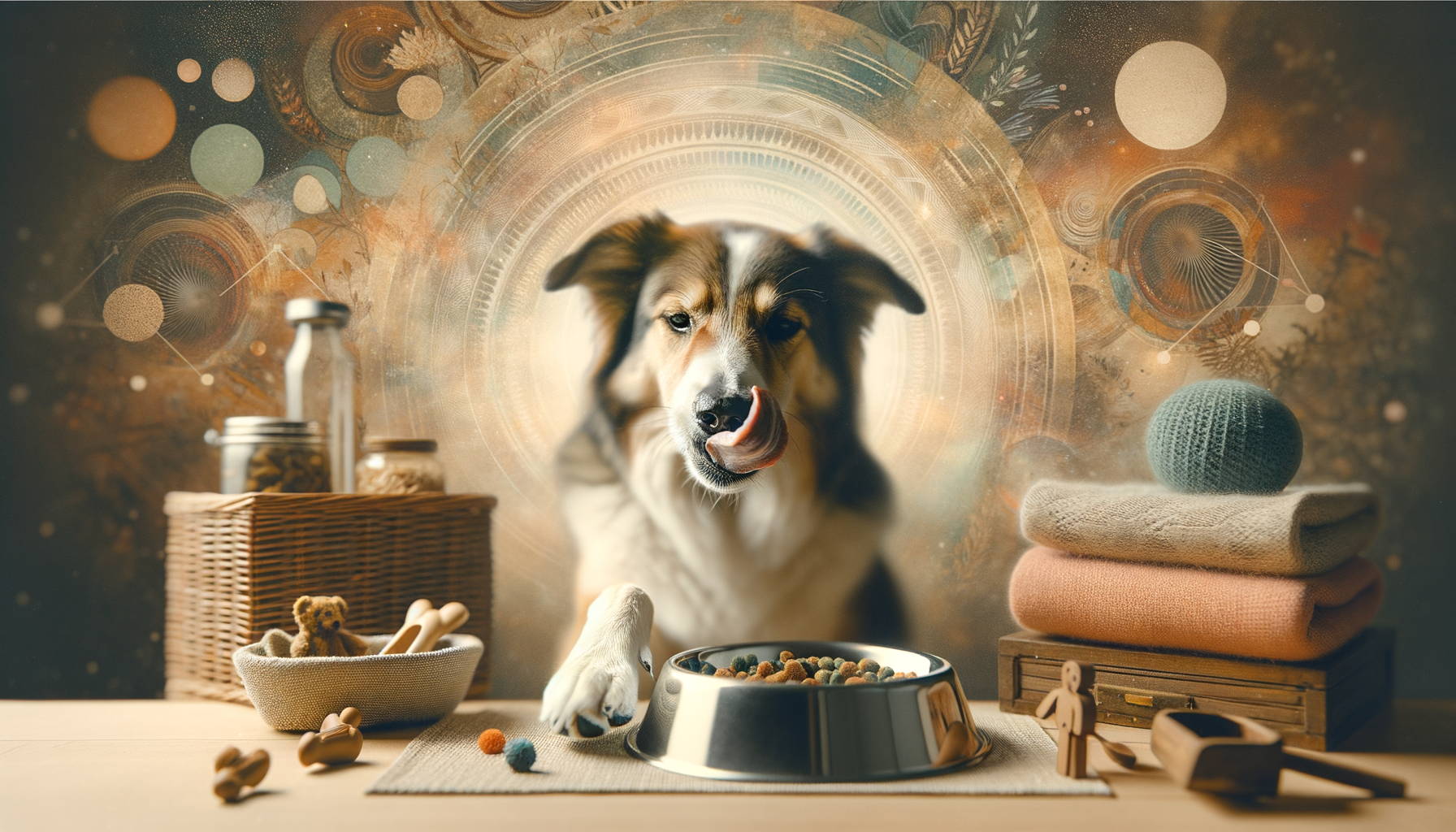Why Does Your Dog Lick You? The Surprising Truth Behind Dog “Kisses” and Pawing
The Science Behind Dog Licking Dogs are known for their affectionate behavior, and licking is one of the most common ways they express their emotions. But why exactly do dogs lick? Understanding this behavior involves delving into the science of canine communication and instincts. Licking is a natural behavior for dogs, starting from when they

The Science Behind Dog Licking
Dogs are known for their affectionate behavior, and licking is one of the most common ways they express their emotions. But why exactly do dogs lick? Understanding this behavior involves delving into the science of canine communication and instincts. Licking is a natural behavior for dogs, starting from when they are puppies. Mother dogs lick their pups to clean and comfort them, establishing a nurturing bond. This behavior is carried into adulthood, where licking becomes a form of communication and affection.
When a dog licks you, it releases endorphins, which are chemicals that promote a sense of pleasure and comfort. This is why many dogs seem to enjoy licking their human companions. Moreover, dogs have a keen sense of taste and smell, and licking allows them to explore their environment and gather information about their surroundings. It’s their way of getting to know you better, recognizing your unique scent, and even tasting the remnants of food or sweat on your skin.
In some cases, excessive licking can be a sign of underlying issues such as anxiety or stress. If you notice your dog licking obsessively, it might be helpful to consult a veterinarian to rule out any medical concerns. Overall, licking is generally a healthy and normal behavior, reflecting a dog’s natural instincts and desire to connect with their human companions.
The Meaning of Pawing
Another intriguing behavior in dogs is pawing. While it might seem like a simple gesture, pawing can convey a variety of messages. Dogs often use their paws to gain attention, similar to how they might bark or whine. If your dog is pawing at you, it could be a request for affection, playtime, or even food. It’s their way of saying, “Hey, notice me!”
Pawing can also be a sign of submission or a request for reassurance. In the wild, dogs use their paws to show submission to more dominant members of their pack. When your dog paws at you, it might be seeking comfort or acknowledgment of its place in your family pack. This behavior is also linked to their instinctual need to dig and scratch, which is why you might find your dog pawing at the ground or furniture.
Understanding the context and frequency of pawing can help you interpret what your dog is trying to communicate. If pawing becomes excessive or disruptive, it might be helpful to redirect your dog’s energy with training or interactive toys. By recognizing and responding to your dog’s pawing, you can enhance your communication and strengthen your bond.
Building a Stronger Bond Through Understanding
Recognizing the reasons behind your dog’s licking and pawing behaviors can significantly enhance your relationship. These actions are more than just habits; they are expressions of your dog’s personality, emotions, and needs. By paying attention to these behaviors, you can better understand what your dog is trying to communicate and respond appropriately.
For instance, if your dog licks you after a long day, it might be offering comfort and seeking closeness. Responding with affection reinforces the bond and reassures your dog of its place in your life. Similarly, if your dog paws at you during mealtime, it might be a reminder to keep feeding schedules consistent. Understanding these nuances allows for more effective communication and a harmonious relationship.
Incorporating regular training and positive reinforcement can help manage these behaviors if they become excessive. Teaching your dog commands such as “sit” or “stay” can provide structure and reduce anxiety-driven licking or pawing. Additionally, providing mental and physical stimulation through walks, playtime, and interactive toys can keep your dog engaged and satisfied.
Ultimately, by understanding and responding to your dog’s behaviors, you create a supportive environment where your dog feels valued and understood. This mutual understanding fosters a deeper connection, making your relationship with your furry friend even more rewarding.